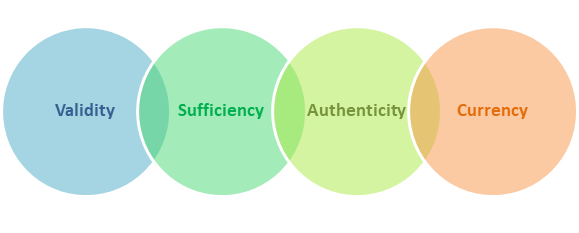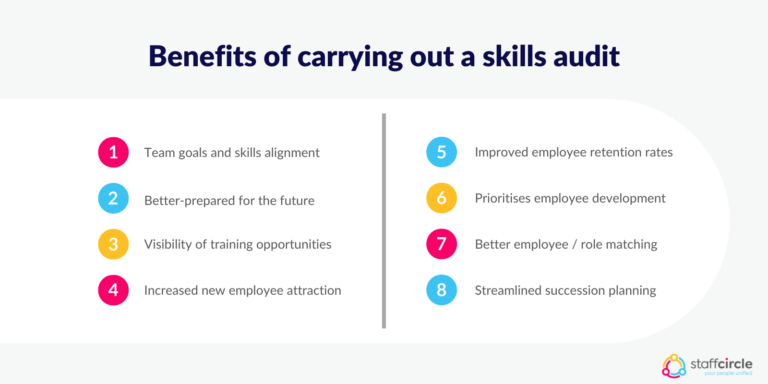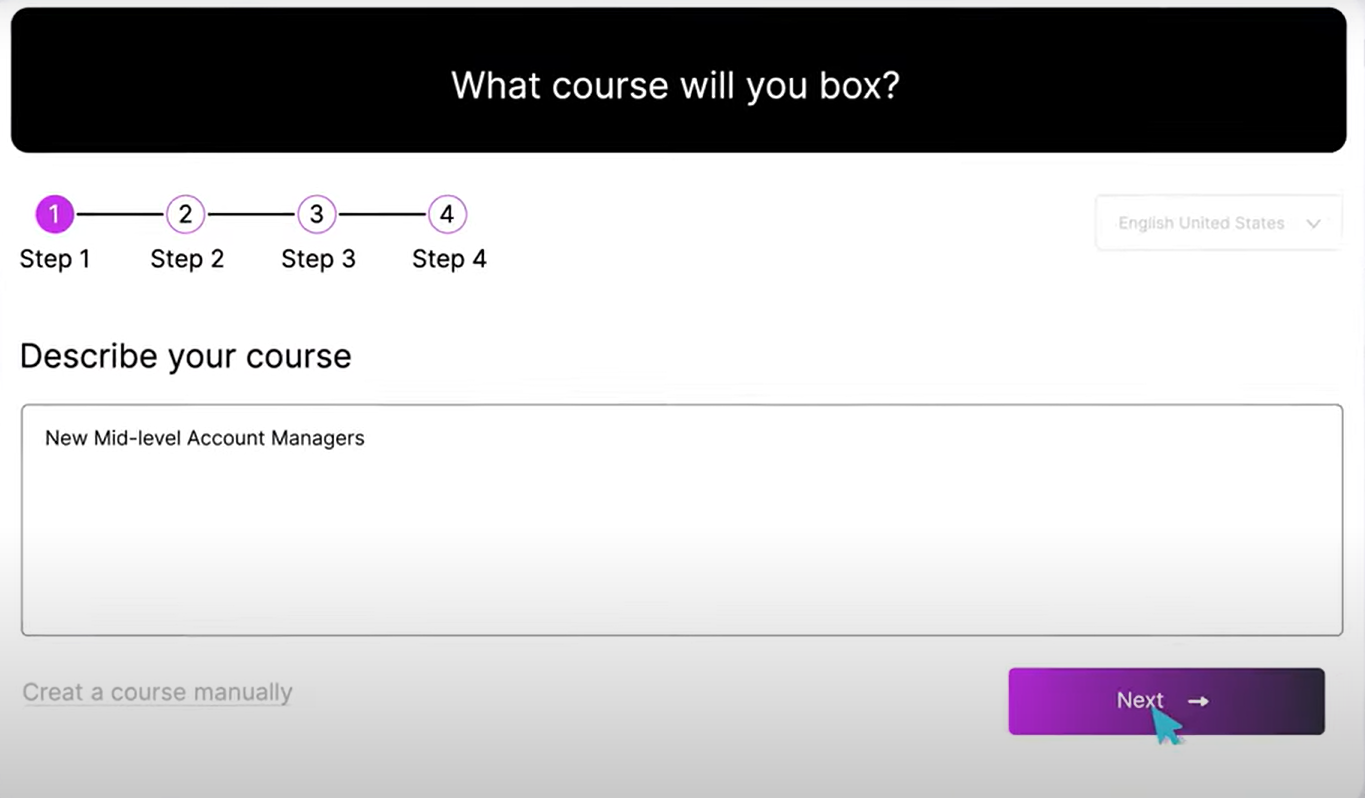What Is Verification of Competency (VOC) and Who Needs It
Learn about the verification of competency (VOC) in Australia and its importance for workers in high-risk industries. Explore its benefits and requirements.
Learn about the verification of competency (VOC) in Australia and its importance for workers in high-risk industries. Explore its benefits and requirements.
.webp)
While being competent is a prerequisite for every job, high-risk occupations like construction, manufacturing, mining, and transportation require employees to be subject to additional assessment. In fact, they are legally obligated to undergo Verification of Competency (VOC) assessments.
The Work Health and Safety (WHS) laws in Australia make it compulsory for employees in these industries to prove they are competent and have the necessary skills and knowledge to safely perform their jobs.
In Australia, Registered Training Organisations (RTOs) often conduct VOC assessments. While employers are responsible for confirming their workers’ abilities, many partner with RTOs because they are accredited to deliver nationally recognised training and assessment.
Below, we discuss VOC in detail and explain how your organisation can fulfil its legal obligations.

Verification of competency, or VOC, is a way to confirm that someone is still capable of performing a specific skill or task safely and effectively. It's not about retraining; it's about proving you've retained the skills you already have.
Think of it as a quick check to make sure you're still on top of your game, whether you're operating machinery or performing high-risk tasks.

In Australia, VOC is often required for industries like construction, mining, aviation, utilities, healthcare, and transport, where safety is a top priority. Employers want to know their workers can handle equipment or situations without putting themselves or others at risk.
It’s important to note that a VOC is not the same as completing a training course. VOC assessments confirm existing skills, not provide new learning.
However, RTOs typically map VOC assessments against nationally recognised units of competency from the relevant training package. They do this to make sure the assessment process is valid and consistent with industry standards.
Besides the obvious aim of maximising safety and minimising workplace risks, VOC is important for the following reasons:
Any industry in which workers operate heavy equipment or perform tasks that could potentially harm themselves requires VOC assessments. Some of these industries include mining, construction, transport, oil and gas, manufacturing, aviation, healthcare, and utilities.

The VOC assessment process is also relevant for industries whose workers handle hazardous substances, work at heights, or in confined spaces. For example, firefighters and emergency services personnel would need to undergo regular VOC assessments.
As we've explained, the WHS obligations cover VOC. There isn't a single law that mandates VOC explicitly, but organisations are legally required to prove their workforce's competence. So, businesses typically comply with the broader regulations of the following workplace safety authorities.
Safe Work Australia develops a national policy for WHS and workers' compensation. It also manages the WHS Regulations and Model Codes of Practice that states and territories use to formulate their individual legislation.
While Safe Work Australia doesn't directly conduct VOC assessments, it provides the framework for employers to follow. Each state or territory enforces these guidelines through its own regulatory body, like WorkSafe in Victoria or SafeWork NSW.
Employers and RTOs often refer to Safe Work Australia's codes of practice when designing VOC assessments that align with national safety standards. RTOs delivering VOC assessments must comply with the Standards for RTOs 2015 and the National Vocational Education and Training Regulator Act 2011.
The Australian Skills Quality Authority (ASQA) oversees compliance. It also checks if the assessments meet the Principles of Assessment (fairness, flexibility, validity, and reliability) and the Rules of Evidence (valid, sufficient, authentic, and current).

In Australia, many industry bodies regulate and oversee VOC processes within their specific sectors. For example, the Construction, Forestry, Maritime, Mining, and Energy Union (CFMEU) sets standards for workers in construction and mining, while the Australian Trucking Association focuses on road transport.
Every high-risk industry in Australia has its own set of specific regulations. For example, the Mine Health and Safety Act of 2004 mandates strict safety standards. In construction, the National Code of Practice for the Construction Industry highlights safe work practices. Construction employees need a High-Risk Work Licence to perform dangerous tasks on sites, like working at heights or operating heavy machinery.
Similarly, other highly regulated industries also have laws that may make VOC a necessity. The Offshore Petroleum and Greenhouse Gas Storage Act 2006 in the oil & gas sector and the National Heavy Vehicle Law in transportation are some examples.
A VOC process typically has three steps. Here's how they go.
In this step, you make a list of the competencies your employees need. Some of these will be required by law, while others may be for contractual obligations. You can perform a skills audit to identify these competencies.

Now, you can assess your employees based on the competencies you have identified. You may use different types of assessments depending on the competencies you're assessing and your industry.
For example, simulations are popular in the aviation industry, while written tests are common in the healthcare sector. In industries like construction, where practical skills are a must, on-the-job assessments may be more appropriate.
You can either perform the VOC assessments yourself or bring in third-party, accredited assessors. When conducted by an RTO, VOC assessments must use validated tools such as observation checklists, practical demonstrations, structured questioning, and workplace simulations. These tools are designed in line with the training package requirements for the role.
RTO assessors also need to hold the Certificate IV in Training and Assessment (TAE40122 or successor). It maintains that only qualified professionals verify skills.
After the assessment, you need to document the results and determine your workforce's level of competence. Your employees may fall into one of these categories:
You can reassess employees who fall under the "conditionally competent" or "not yet competent" categories later to make sure they have reached the desired level of competence.
The frequency of your assessments will depend on several factors, including industry regulations, the complexity of job roles, and changes in technology or procedures. Some industries may require annual or bi-annual assessments for compliance with regulations and safety standards.
Others may only need assessments when new employees join the company or when significant changes occur in job roles. Ideally, anywhere between 2 and 5 years is a good timeframe.
However, if you have noticed unusual patterns, such as an uptick in incidents or a decrease in productivity, it may be time for a reassessment. Also, just because an employee has been deemed competent once does not mean they should never go through another assessment. They should be a part of the next round of assessments to ensure they are maintaining their skills and knowledge.
Workers who do not pass the VOC assessment should get additional training from their organisation. RTOs can provide targeted solutions to bridge these gaps. Depending on the needs of the worker and the industry, this may include enrolling in individual units of competency, short skill sets, or full qualifications under the AQF.
You can also create in-house courses to train these employees on the knowledge they're missing. Coursebox is a handy AI course builder that can streamline this task for you.
The tool's AI course designer works as your brainstorming partner to come up with relevant training topics and suggest course structures. You can then use existing docs or videos to create this course in minutes.

Coursebox also comes with an AI tutor, a chatbot that answers trainees' questions and provides guidance through the training, reducing your organisation's workload. Plus, the AI grading system makes it easy to test employees on what they've learned.
In industries where danger is a constant presence, employee competence not only offers peace of mind but also keeps your organisation safe from potential accidents and lawsuits. Verification of competency is a must-do in such situations since it benefits both the organisations and the employees.
If some employees do not pass VOC assessments, don't rush to terminate their employment. Instead, use it as an opportunity to provide them with the necessary training and resources they need to improve.
One way to do this is through RTOs. Alternatively, you can use a tool like Coursebox to create your own courses. Schedule a free demo to see how easy it is to get started.
VOC assessments can be tailored to reflect unique workplace tasks, tools, or environments. Employers often collaborate with RTOs to design assessments that align directly with their operational requirements.
Generally, no. VOC is designed for high-risk roles involving equipment or hazardous conditions. Office-based employees may undergo performance reviews or professional development evaluations.
Platforms like Coursebox let organisations quickly design training that addresses skill gaps found during VOC. Employers can use AI-driven course generation and interactive elements to deliver targeted learning programs without the overhead of traditional training development.
When conducted by RTOs using nationally aligned standards, VOC assessments are valid across industries and states. So, workers can demonstrate competency when moving between projects or employers.
Businesses can create in-house training using Coursebox’s AI-powered platform rather than outsourcing training. It converts existing materials into structured courses and provides automated assessments to make refresher training more affordable and scalable.
Get started for free today.
